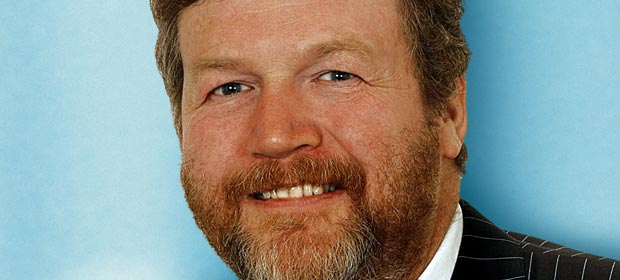Maureen Browne examines a government report into the fate of over 23,000 babies born in mother and baby homes in Ireland between 1940 and 1966 which gives an indication of the potential scope of the Murphy Commission.

Over 23,000 births took place in nine mother and baby homes in Ireland between 1940 and 1965, nearly 2,000 children from the homes were put up for adoption in the United States, with little or no records on parental consent, the remains of 474 dead children were transferred to medical schools without the consent of their families and vaccine trials were carried out on 123 children living in these homes.
These are the findings of an interdepartmental report which examined what the government knows about mother and baby homes and which was published by the Minister for Children, Dr. James Reilly, in advance of the establishment of the Murphy Commission.
The report makes it clear that there were official concerns about the mortality rate in mother and baby homes as far back as the late 1930s.
The report makes it clear that there were official concerns about the mortality rate in mother and baby homes as far back as the late 1930s
The interdepartmental report lists nine mother and baby homes – Ard Mhuire in Dunboyne, Co. Meath, Bessborough in Cork, Manor House in Castlepollard in Co. Westmeath, Sean Ross Abbey in Roscrea, Co. Tipperary, Bethany Home in Dublin, Pelletstown in Dublin, Tuam in Co. Galway, Kilrush in Co. Clare and St. Gerard’s in Mountjoy Square, Dublin.
It said it was important to note that significant numbers of mothers accommodated in these homes would appear to have given birth at other locations, including maternity or other health facilities.
It noted there was considerable debate about mother and baby homes “as far back as the 1920s” and said any consideration of the treatment of unmarried mothers would identify gender discrimination as “being to the fore”, while social class would also be a feature.
Regarding the Tuam mother and baby home, it said gardaí found skeletal remains in an underground structure near the site in 1970.
The inter departmental report said “The extensive quotes provided by Earner-Byrne from a “Report on Unmarried Mothers in Ireland” compiled in 1939 by Ms. Alice Litster, inspector for boarded out children in the Department of Local Government and Public Health, are worth referring to:
“The chance of survival of an illegitimate infant born in the slums and placed with a foster-mother in the slums a few days after birth is greater than that of an infant born in one of our special homes for unmarried mothers. I except the Manor House, Castlepollard, in which the infantile death rate is comparatively low. In theory, the advantage should lie on the side of the child institutionally born. Pre-natal care, proper diet, fresh air, sufficient exercise, no arduous work, proper and comfortable clothing, freedom from worry, the services of a skilled doctor, the supervision and attention of a qualified nurse, all should be available and should make for the health of the expectant mother and the birth and survival of a healthy infant. Cleanliness, medical attention, dietetic knowledge, all the human skill which may continue to preserve child life should be at hand. Yet any infant born in any other circumstances appears to have a better chance of life.
“The chance of survival of an illegitimate infant born in the slums and placed with foster-mother in the slums a few days after birth is greater than that of an infant born in one of our special homes for unmarried mothers.”
“I have grave doubts of the wisdom of continuing to urge Boards of Health and Public Assistance to send patients to the special homes so long as no attempt is made to explore the causes of the abnormally high death rate.
“The illegitimacy birth rate shows an upward trend. In 1916 it was 1530; in 1925 it was 1662. We cannot prevent the birth of these infants. We should be able to prevent their death.”
As regards adoption the report stated that the fact that adoption and other related records were private and required the consent of those involved to their disclosure, even amongst the parties, had made it difficult in practice for those seeking to establish the truth.
Adoptions took place from a range of sources and were not limited to Mother and Baby Homes. However, if it were possible by means of a Commission of Investigation to effectively examine the placements of children born in Mother and Baby Homes – either directly or through intermediaries – might throw considerable light on practices generally, the report suggested.
Minister Reilly has noted the government’s intention to review and reform arrangements for people wishing to access adoption information, adding that he recognises this is a “pressing concern for many individuals”.

